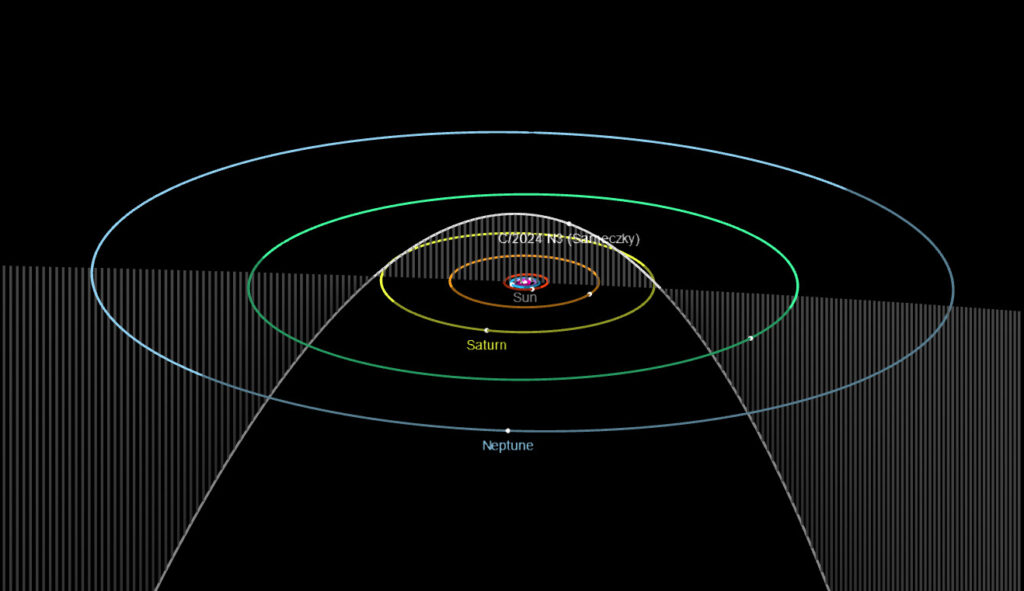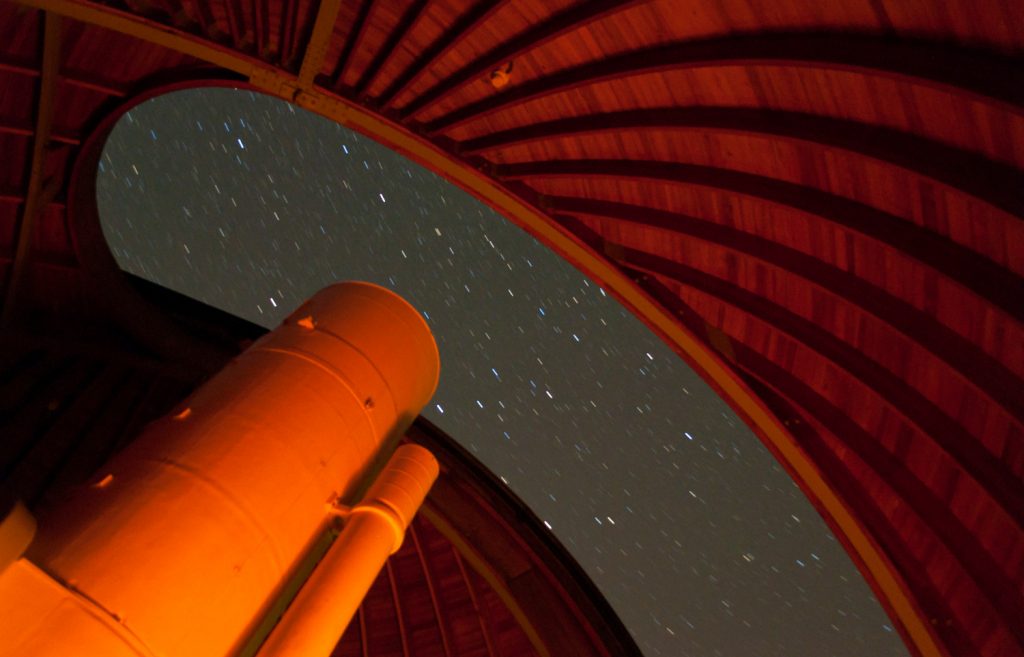Messengers of the ancient Solar System: Hungarian astronomer discovers two new comets
n July, a Hungarian astronomer discovered two new comets at the Piszkéstető Observatory of the HUN-REN Research Centre for Astronomy and Earth Sciences. This discovery, which sets a Hungarian record, is particularly valuable because Krisztián Sárneczky's comets may hold important information about the formation of our Solar System.
Senior astronomer Krisztián Sárneczky has discovered two new comets at the Piszkéstető Observatory in the Mátra Mountains. The first, C/2024 N3 (Sárneczky), was discovered on 8 July, and the second, C/2024 N4 (Sárneczky), on 14 July. Both objects are visible in the northern constellation Camelopardalis (Giraffe). The comets will be with us until 2026 and will remain observable from Hungary. Due to their faintness, they cannot be observed with the naked eye but can only be captured using larger telescopes and photographic recording.

“Comets move in very elongated orbits within the Solar System. We cannot specify their period; they might not return for a million years. Additionally, they come from an outer region of the Solar System known as the Oort Cloud. In this region, nearly a light-year in diameter, there are tiny icy celestial bodies that exist in a frozen state far from the Sun, invisible to the naked eye. But as they approach the Sun, they start to evaporate under the influence of solar radiation. If they are large enough and close enough, they can release a nice big tail,” said László Kiss, Director General of the HUN-REN Research Centre for Astronomy and Earth Sciences (HUN-REN CSFK).

“Comets preserve the imprint of the great cloud from which our Solar System formed 4.5 billion years ago. If we want to know what materials made up the planets, their moons, and the Sun itself, we can learn from comets, as they carry the archaeological imprint of the composition of that ancient dust and gas cloud,” emphasised László Kiss.
According to László Kiss, many astronomers believe that comets brought water to Earth. When the Solar System was forming, interplanetary space was not as empty as it is now, and there were many comets of this gigantic size orbiting the Solar System, which could have brought water to Earth. Nowadays, these celestial bodies are of interest mainly for the messages and imprints they carry from the past. However, comets can also become interstellar wanderers, meaning they can travel so far from the Sun that a nearby star might attract them, providing us with additional information.


